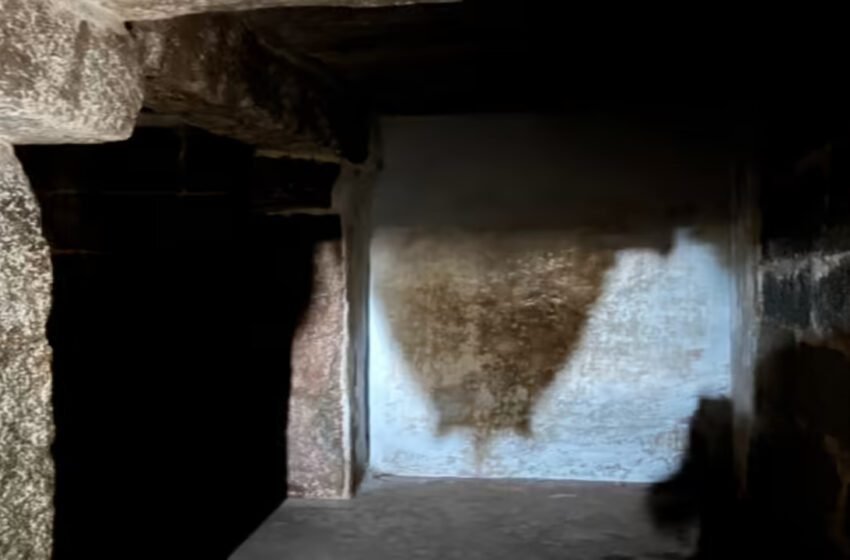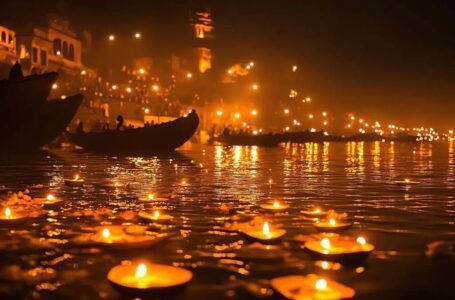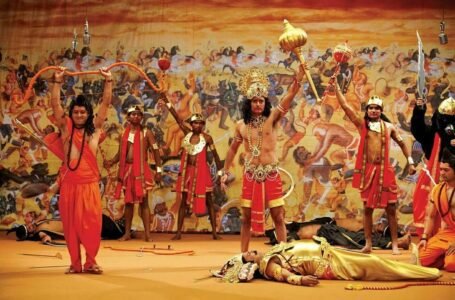Projection of History: The Great Ancient Minds of Hampi

-Bhoomee Vats
A UNESCO World Heritage Site, Hampi is more than just glorious. It is a huge example of science and the great ancient minds that used it. The 7th-century Virupaksha Temple of Hampi is dedicated to Lord Virupaksha, who is known as Pampapathi and is also a form of Lord Shiva. This extraordinary temple was built by Lakkan Dandesha, a nayaka (chief), under the rule of Deva Raya II, also known as Prauda Deva Raya of the Vijayanagara Empire. The temple attracts tourists with its unique architecture, the most appreciated being the pinhole, which presents an inverted image of the gopuram. This presents a mixture of science and heritage, and how both can be used effectively to increase the beauty of any artwork.
Devotees believe the temple has been running without interruption since the 7th century AD. This makes this the oldest functioning temple in India. The original temple included only a few humble shrines, including pictures of all the Gods and Goddesses. Still, as time progressed, the temple gradually expanded into a widespread complex with many small shrines, gateways, lamp posts, flag posts, pillared halls, and large temple kitchens. The temple is a marvel of a structure, which shows how you can create something beautiful out of something hard and solid like a stone.
History of the Temple
The temple existed long before Hampi was placed as the capital of the Vijayanagar Empire, and it worked uninterrupted from the 7th century AD. This can be proved through the inscriptions that were found referring to Lord Shiva, dating back to the 9th or 10th century. The small shrine of the temple grew under the rulers of the Vijayanagar Empire, but it was essentially made by Lakkana Dandesh, a chieftain, under the rule of Deva Raya II. Some additions were made to the temple in the late Chalukyan and Hoysala periods, although most of the temple structures are attributed to the Vijayanagar period.
The defeat of the rulers by Muslim invaders brought with it the destruction of the city in the 16th century, and the glorious decorative structures and creations. But the religious sect of the Virupaksha-Pampi did not end with the demolition of the city in 1565. Even after the destruction, the worship persisted throughout the years. To bring some life back to the temple, major additions and renovations were made to the temple in the 19th century, including elements like ceiling paintings and the towers of the north and east gopura. Presently, the temple includes three antechambers, a sanctum, a pillared hall, and an open hall.
The Architecture and Mathematics
The Virupaksha temple was built before the 7th century AD on the banks of the Tungabhadra River. The temple has great cultural significance, and one event that shows this significance is the chariot ride held every year in February. The temple combines two very different architectural styles, which is why it is also called a perfectly structured building. The two major architectural styles include: the North Indian Nagara style and the Dravidian Vimana Shaili. The temple is also said to be influenced by the Mount of Kailash itself, which is said to be the home of Lord Shiva.
The temple is designed in such a way that the inverted shadow of the Raja Gopuram falls more than 300 feet away on the wall of the Saalu Mantapa, which is at the other end of the Virupaksha temple. This architectural marvel happens due to a small hole or opening that acts like an aperture. This phenomenon is known as the pinhole camera effect, which can also occur naturally. A pinhole camera effect, which is also known as camera obscura, occurs when light from any source passes through a small aperture or a pinhole and projects an inverted image onto the opposite side. This effect functions on the rectilinear mobility of the light, i.e., the ability of light to move only in a straight line. The smaller the pinhole is, the sharper the image will be, but also the dimmer it will be. Some common life examples of this phenomenon are the replica image of the sun formed because of the gap between overlapping leaves of a tree, and the small crescents created in the case of a partial eclipse or hollow rings created in the case of an annular eclipse.
The Other Stars of Hampi
While the pinhole camera effect steals the show, some other elements of Hampi present history in all its glory. The following are such examples:
- Badavilinga Temple: This temple has inside it a 10-foot-tall Shivalinga, which is carved out of a single rock and is the largest Linga in the whole of Hampi.
- Lakshmi Narsimha Temple: Located near the Badavilinga Temple, this one has the largest monolith in Hampi of Lakshmi Narsimha, which is at least 22 feet tall. This statue was damaged during the raid which happened on Hampi by the Deccan Sultans in the 16th century.
- Kadalekalu Ganesha: There exists in Hampi, a large statue of Lord Ganesha, which is carved out of one single boulder.
Conclusion
The Virupaksha temple is more than just our history; it is an example of how culture and science can be combined and result in something culturally significant yet so spectacular and a wonder to the eyes of a spectator. The temple is not just about our glorious history, but it also shows how scientifically and technologically advanced India was a long, long time ago. This centuries-old scientific marvel encourages the youth of this generation and the next to stay connected to their roots while always shaping themselves according to the changing times.
The temple is not just a reliable place of worship; it is an example of how, when history meets science, wonders are created. The efficient use of the pinhole effect is what makes the temple stand out more. The temple symbolizes how history and science can work together, and more than that, when they do, they can produce something so extraordinary it leaves the audience starstruck.


